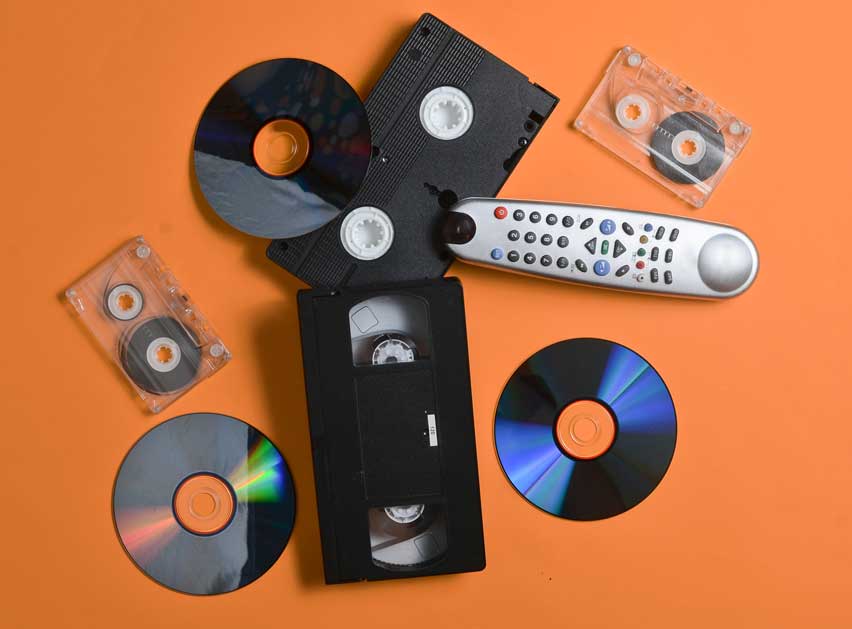If you have a collection of old movies that you want to convert the films to digital, you may be wondering where to start. While the process of transferring film to digital formats can be complex, it’s also an important step in preserving your favorite movies.
In this blog, we’ll discuss how to safely convert your old movies to digital formats and provide tips on how to do it.
Gather your Film Collection
First, let’s gather up your film collection. If you have an extensive collection of movies, you may want to start by organizing them by type (e.g., 8mm, 16mm, 35mm, VHS, etc.) and by year. This will make it easier to track your movies and find the ones you want to convert.
If they have been sitting in boxes for a while, it’s a good idea to physically inspect each old movie to ensure that they won’t have any issues during the conversion process.
Converting Films to Digital Format
Once you’ve gathered your film collection, it’s time to convert your movies to digital formats. There are a few things to remember when performing a film conversion:
Choose the proper resolution: When converting your movies to digital formats, it’s important to choose the correct resolution. Higher resolutions will produce better-quality images but also take up more storage space.
Use a good-quality scanner: To produce good-quality digital copies of your movies, you’ll need to use a good-quality scanner. Look for a scanner that is designed specifically for film scanning, as these will produce the best results.
Follow the manufacturer’s instructions: Be sure to follow the manufacturer’s instructions when using your scanner or other equipment. This will help to ensure that you get the best results and to avoid any issues that may arise during the process.
In addition to these things to remember, there are also common mistakes to avoid when converting films to digital formats. Here are a few of the top mistakes to avoid:
Using a low-quality scanner: As mentioned above, using a low-quality scanner can produce poor-quality digital copies of your movies. Be sure to use a good-quality scanner to ensure the best results.
Skipping the cleaning process: Before scanning your films, be sure to clean them thoroughly. This will help to remove any dust or debris that may affect the quality of the digital copy. You can gently wipe down each film frame with a soft, lint-free cloth.
Ignoring color balance: If your movies have a yellow or red tint, you may need to adjust the color balance before scanning. This will help to produce a more accurate digital copy of the film.
Ask for Professional Help
If you’re unsure how to convert your films to digital formats safely, you may want to consider asking for professional help.
Many companies specialize in film digitization, and they can handle the entire process for you. This can be a great option if you have an extensive collection of movies or are uncomfortable with the conversion process’s technical aspects.
Store and Preserve
Once you’ve converted your movies to digital formats, storing and preserving them is important. Several options for storing your digitized films include external hard drives, cloud storage services, and DVDs.
To protect your digital films from damage, be sure to store them in a safe, dry place and avoid exposing them to extreme temperatures or moisture. You should also make regular backups of your digital films to ensure that you have multiple copies in case of loss or damage.
Conclusion
Converting your old movies to digital formats is important in preserving your favorite films. Whether you choose to do it yourself or ask for professional help, the process is worth the effort.
By converting your films to digital formats, you’ll be able to enjoy the improved picture and sound quality, increased durability, and greater convenience. By storing and preserving your digital films properly, you can ensure they are around for years. So if you have a collection of old movies, don’t wait any longer – start the conversion process today!
